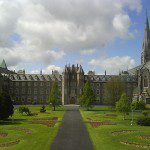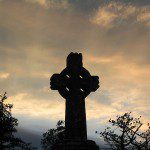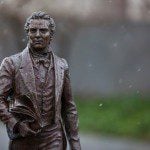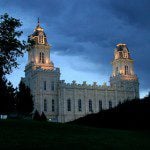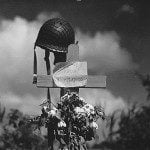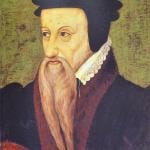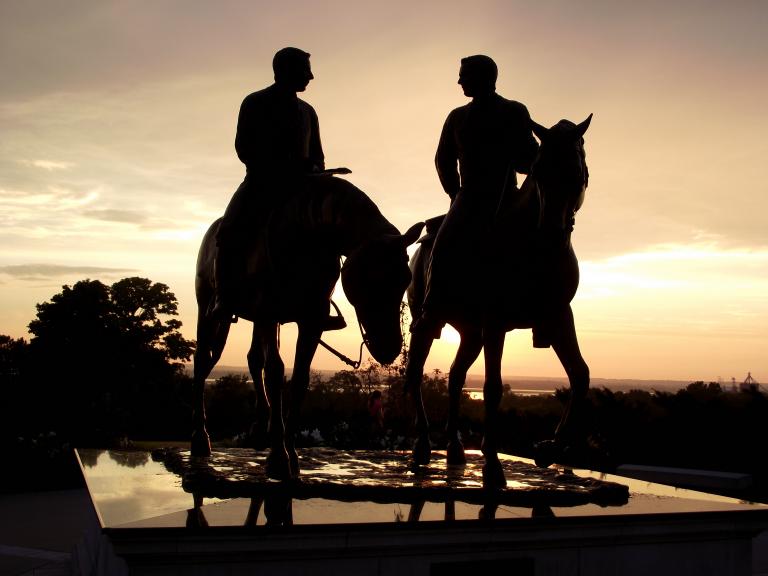
(Wikimedia Commons public domain image)
Today marks the 179th anniversary of the assassination of the Prophet Joseph Smith and his elder brother Hyrum by a mob in Carthage, Illinois. They were, ostensibly, in the custody and under the protection of the state. The British-born John Taylor, a member of the Quorum of the Twelve Apostles and the future third president of the Church of Jesus Christ of Latter-day Saints, was grievously wounded during the attack.
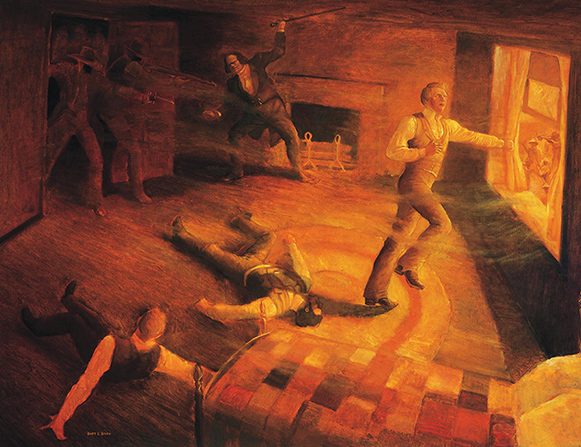
During visits to Carthage and, sixteen miles away, to the one-time Latter-day Saint headquarters city of Nauvoo, I’ve been struck by the contrast between the two, and by the way in which they have defied the hope and expectations of those who murdered Joseph and Hyrum.
Thomas Sharp and others among the conspirators confidently anticipated that the Church would collapse if Joseph were eliminated. Quite obviously, though, it has not. The Quorum of the Twelve — under its president, Brigham Young — assumed leadership of the Church and of the large majority of the faithful Saints (a story that we intend to tell in our film project Six Days in August) and led them westward to a new place of refuge in the remote Great Basin West, from which the Gospel has continued to be preached under continuing apostolic leadership.
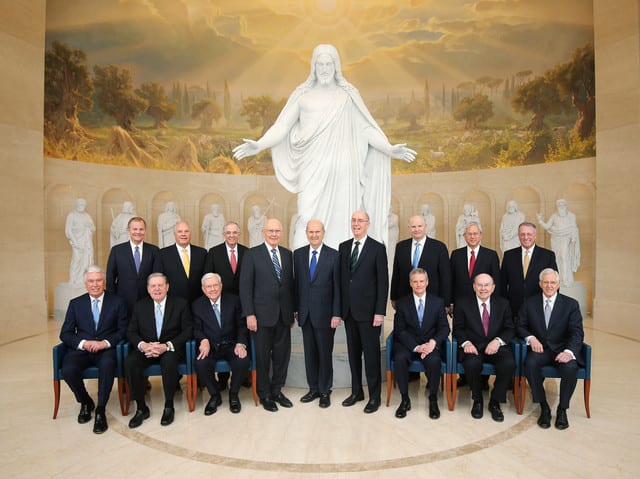
So what does Carthage look like today? My impression of it is that it is the town that time forgot. It’s a small, somnolent place in which the only point of interest is the jail where Joseph and Hyrum were murdered — which is now owned by the Church and which, in its way, functions as something of a shrine to their memory. Latter-day Saint visitors come to Carthage to remember their history and to pay tribute to Joseph and Hyrum.
This is, putting it mildly, something that neither Governor Thomas Ford nor Thomas Sharp and his cronies expected. Once prominent in Illinois state politics, they are now remembered, to the extent that they are remembered at all, as unpleasant and dishonorable footnotes to the story of Joseph, Hyrum, and the Latter-day Saints.
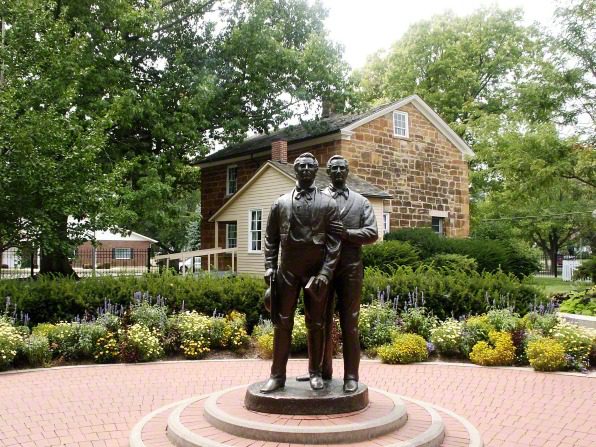
(Wikimedia Commons public domain photo)
The Latter-day Saints were driven by their enemies from Nauvoo and from Hancock County at enormous economic cost and, eventually, at the cost of considerable suffering and loss of life. (On my maternal side — not unlike many other Church families — I myself have ancestors buried alongside the trail westward.) They were obliged to abandon the city that they had built up out of the mud and the malarial swamps — including the massive temple of which they had dreamed and to which they had devoted precious time and effort and scarce resources.
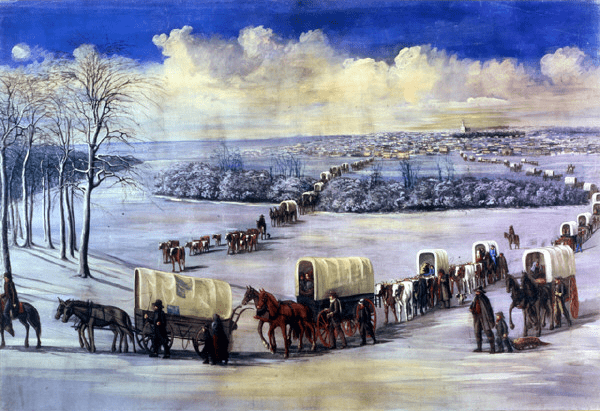
Their abandoned temple didn’t last very long after their departure. An arsonist saw to that.
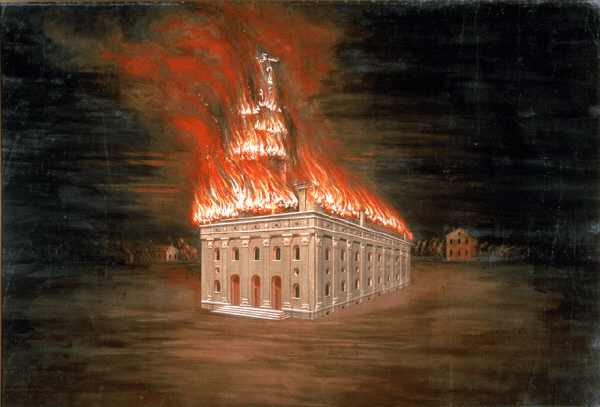
Wikimedia Commons public domain
What remained of the temple survived neglected ruins for years after they had settled in the Great Basin until, eventually, even those ruins collapsed. By the time of my first visit to Nauvoo many years ago, it took a degree of discernment and care even to make out the place where that great temple had once stood.
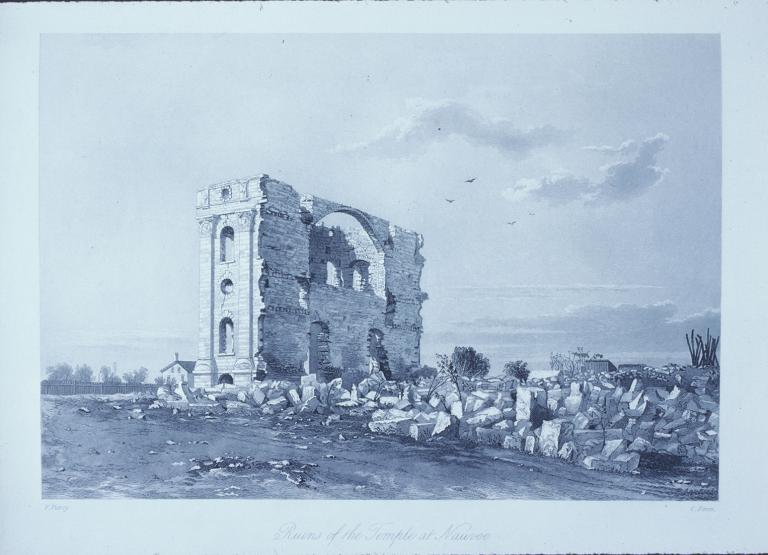
Wikimedia Commons public domain image
Today, though, the contrast between once seemingly victorious Carthage and the defeated, desecrated, largely deserted “City of Joseph” could scarcely be more dramatic. Nauvoo thrives as a small but lively center of tourism and pilgrimage because the Latter-day Saints, driven out by mobs at gunpoint, are back. Nineteenth-century Latter-day Saint homes have been restored. Even the Nauvoo Illinois Temple has been rebuilt in its original location and on its original foundations. I still vividly recall the moment when President Gordon B. Hinckley announced the Church’s intention to rebuild the temple. (Whereby hangs a personal story that I may or may not have already related here.)
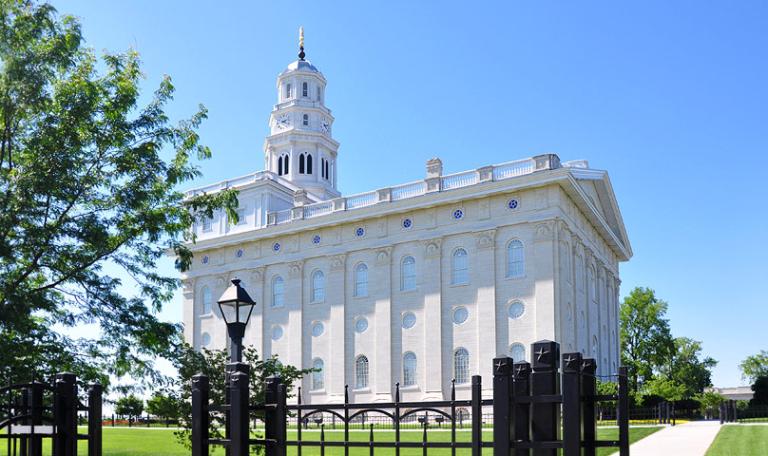
(Wikimedia Commons public domain image)
If, years ago, anybody had told me that I would one day participate in temple ordinances in Nauvoo, I would have thought that person delusional. But I’ve attended endowment sessions there on the east back of the Mississippi River, and I didn’t hesitate for even ten seconds when, on one occasion, I was invited to help out with confirmations. It was one of the most meaningful opportunities of my life.

“The Standard of Truth has been erected; no unhallowed hand can stop the work from progressing; persecutions may rage, mobs may combine, armies may assemble, calumny may defame, but the truth of God will go forth boldly, nobly, and independent, till it has penetrated every continent, visited every clime, swept every country, and sounded in every ear, till the purposes of God shall be accomplished, and the Great Jehovah shall say the work is done.” (Joseph Smith, Jr.)
“How long can rolling waters remain impure? What power shall stay the heavens? As well might man stretch forth his puny arm to stop the Missouri river in its decreed course, or to turn it up stream, as to hinder the Almighty from pouring down knowledge from heaven upon the heads of the Latter-day Saints.” (Doctrine & Covenants 121:33)
I joined happily and enthusiastically, this past Sunday, in singing the lyrics penned by Joseph’s friend, William W. Phelps:
-
Praise to the man who communed with Jehovah!
Jesus anointed that Prophet and Seer.
Blessed to open the last dispensation,
Kings shall extol him, and nations revere.
[Chorus]
Hail to the Prophet, ascended to heaven!
Traitors and tyrants now fight him in vain.
Mingling with Gods, he can plan for his brethren;
Death cannot conquer the hero again.
-
Praise to his mem’ry, he died as a martyr;
Honored and blest be his ever great name!
Long shall his blood, which was shed by assassins,
Plead unto heav’n while the earth lauds his fame.
-
Great is his glory and endless his priesthood.
Ever and ever the keys he will hold.
Faithful and true, he will enter his kingdom,
Crowned in the midst of the prophets of old.
-
Sacrifice brings forth the blessings of heaven;
Earth must atone for the blood of that man.
Wake up the world for the conflict of justice.
Millions shall know “Brother Joseph” again.
It seems especially appropriate on this day to mention that an early-nineteenth-century daguerreotype image has been recovered that may — may — be that of the Prophet Joseph: “Forensic images: New research provides fresh evidence this really is a photo of Mormon founder Joseph Smith: “I always believed it was him,” says the owner of the hotly debated daguerreotype. Adds an LDS historian: “The mere possibility of its veracity reminds us that Smith was a historical figure of flesh and bones.””


